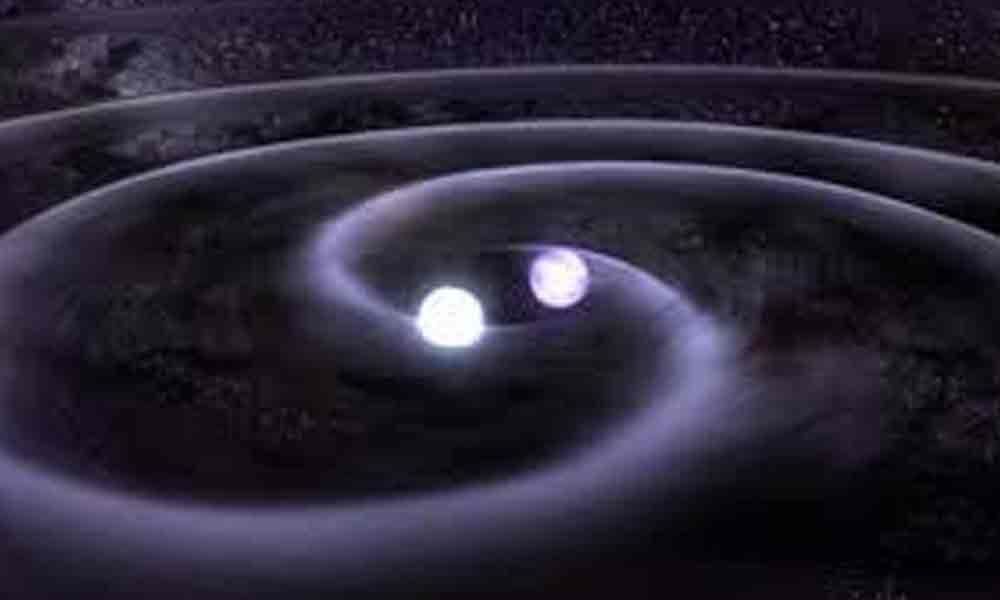Two neutron stars collided near solar system billions of years ago
 Two neutron stars collided near solar system billions of years ago
Two neutron stars collided near solar system billions of years agoScientists have identified a violent collision of two neutron stars 4.6 billion years ago as the likely source of some of the most coveted matter on Earth. This single cosmic event, close to our solar system, gave birth to 0.3 per cent of the Earth's heaviest elements, including gold, platinum and uranium, according to the study published in the journal Nature.
"This means that in each of us we would find an eyelash worth of these elements, mostly in the form of iodine, which is essential to life," said Imre Bartos from the University of Florida in the US. "A wedding ring, which expresses a deep human connection, is also a connection to our cosmic past predating humanity and the formation of Earth itself, with about 10 milligrammes of it likely having formed 4.6 billion years ago," said Bartos.
"Meteorites forged in the early solar system carry the traces of radioactive isotopes," said Bartos. "As these isotopes decay they act as clocks that can be used to reconstruct the time they were created," said Szabolcs Marka from Columbia University in the US. The researchers compared the composition of meteorites to numerical simulations of the Milky Way.
They found that a single neutron-star collision could have occurred about 100 million years before the formation of Earth, in our own neighbourhood, about 1,000 light years from the gas cloud that eventually formed the solar system. A neutron star is the collapsed core of a giant star. The Milky Way galaxy itself is 100,000 light years in diameter, or 100 times the distance of this cosmic event from the cradle of Earth. "If a comparable event happened today at a similar distance from the solar system, the ensuing radiation could outshine the entire night sky," Marka said.
The researchers believe that their study provides insight into a uniquely consequential event in our history. "It sheds bright light on the processes involved in the origin and composition of our solar system, and will initiate a new type of quest within disciplines, such as chemistry, biology and geology, to solve the cosmic puzzle," Bartos said.














